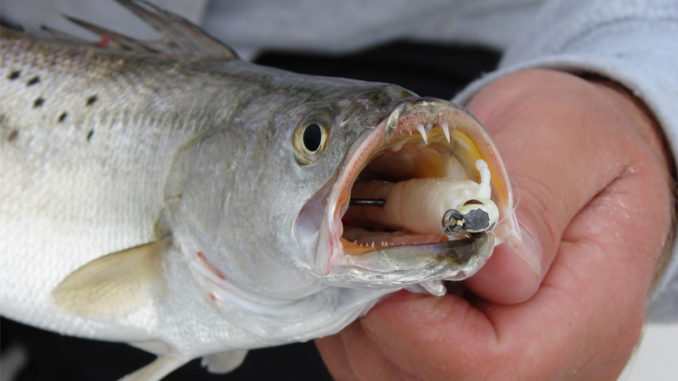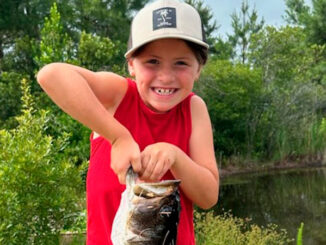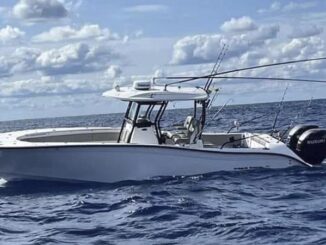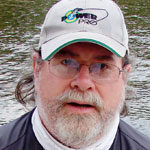
Fish slow down in cold water
The first point of winter fishing is to understand that fish do everything slower in cold water. Their metabolism slows, their need for food decreases and their movement slows in both duration and speed.
However, when fish find warm pockets, they become active and feed. The few remaining baitfish and crabs in the marshes are also attracted to these areas. And the presence of food makes them doubly attractive.
Darker, muddy bottoms warm faster when exposed to sunlight than lighter-colored bottoms in the same area. Areas that expose dark mud during low tides tend to warm more than areas the bottom stays covered. That’s especially true when the low tides are in the middle of the day.
Another factor that helps warm up the water is a lack of water exchange. Water that never leaves a creek or marsh system during a falling tide retains some of the warmth it gained during the last sunshine cycle. And it can be noticeably warmer than water that exchanges with every tide cycle.
Find warmer water in backs of creeks
During periods of sunny, winter weather, the water temperature in the bays and backs of the creeks is often several degrees warmer. The issue for fishermen is learning the way into these areas, as there are numerous oyster rocks and mud bars. Capt. Christian Wolfe of Seahawk Inshore Fishing Charters makes it look easy, but he has years of experience beginning with riding with his dad, Capt. Jeff Wolfe, before getting his own boat.

Wolfe said even though the water in these bays and creeks is usually several degrees warmer than those closer to the river, it is still winter, and the fish are moving more slowly. This means lures should be fished more slowly. He said scented baits are the final part of enticing cold fish to expend the effort to chase the baits. Finding warmer water and fishing good-smelling baits slowly are the keys to putting winter fish in the boat.




Be the first to comment